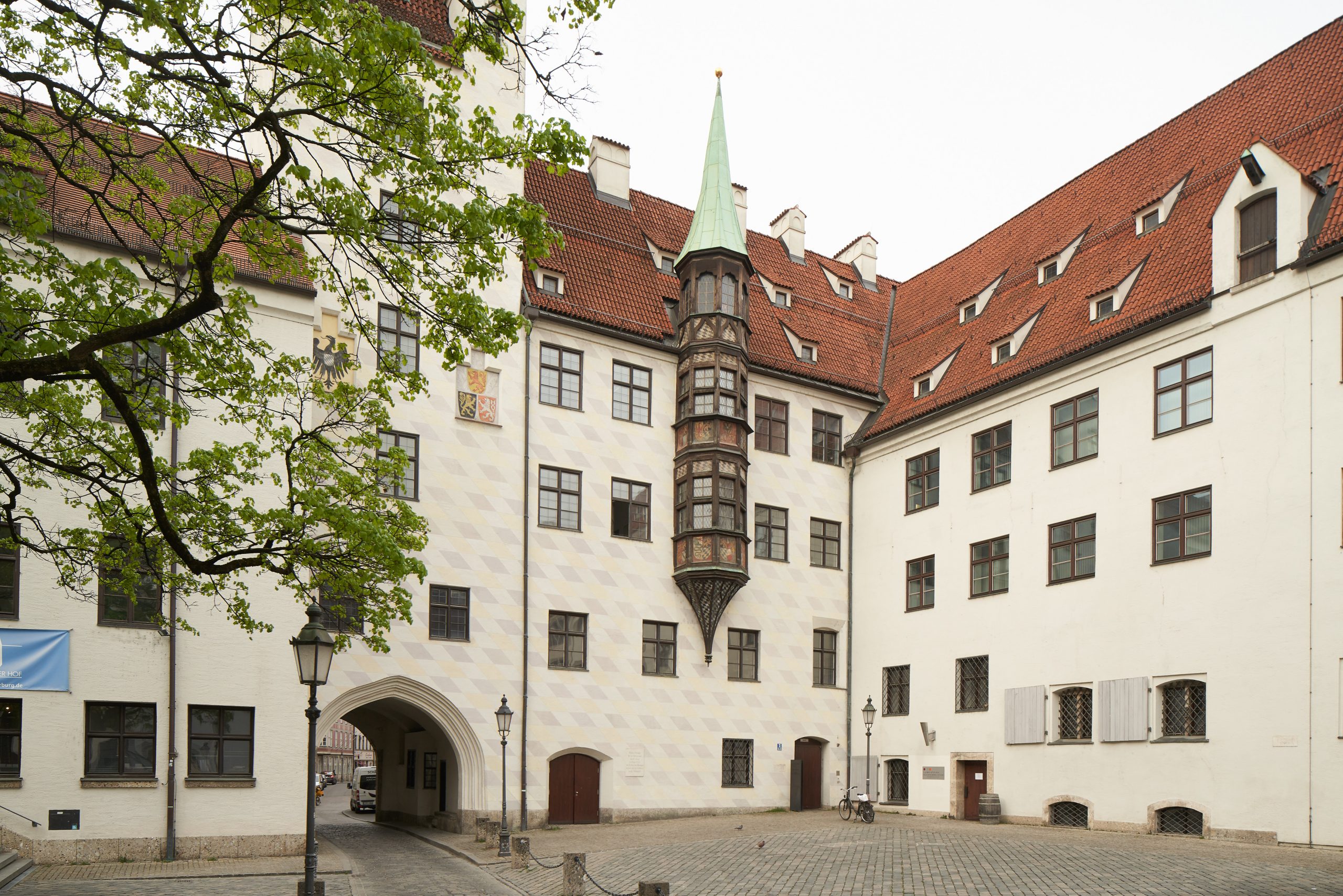
Munich history in a nutshell
A walking tour
The centre of Munich has just the right size to be conveniently explored on an easy walking tour. Starting from your hotel or at Marienplatz in the very heart of Munich, you will be made familiar with the city centre, get an overview and information on Munich’s many offerings and attractions and find your way to landmarks and shopping districts. We stroll across Munich’s world famous food market and visit old St Peter’s Church where you will have the opportunity to take pictures of the Cathedral Church of Our Lady. Of course you won’t miss Munich’s most famous landmark: the Carillon on the town hall tower. Finally, you will enjoy a cup of coffee right next to the Royal Palace or a beer at the Hofbräuhaus, Munich’s best known beer hall – a relaxed prelude of your time in Munich
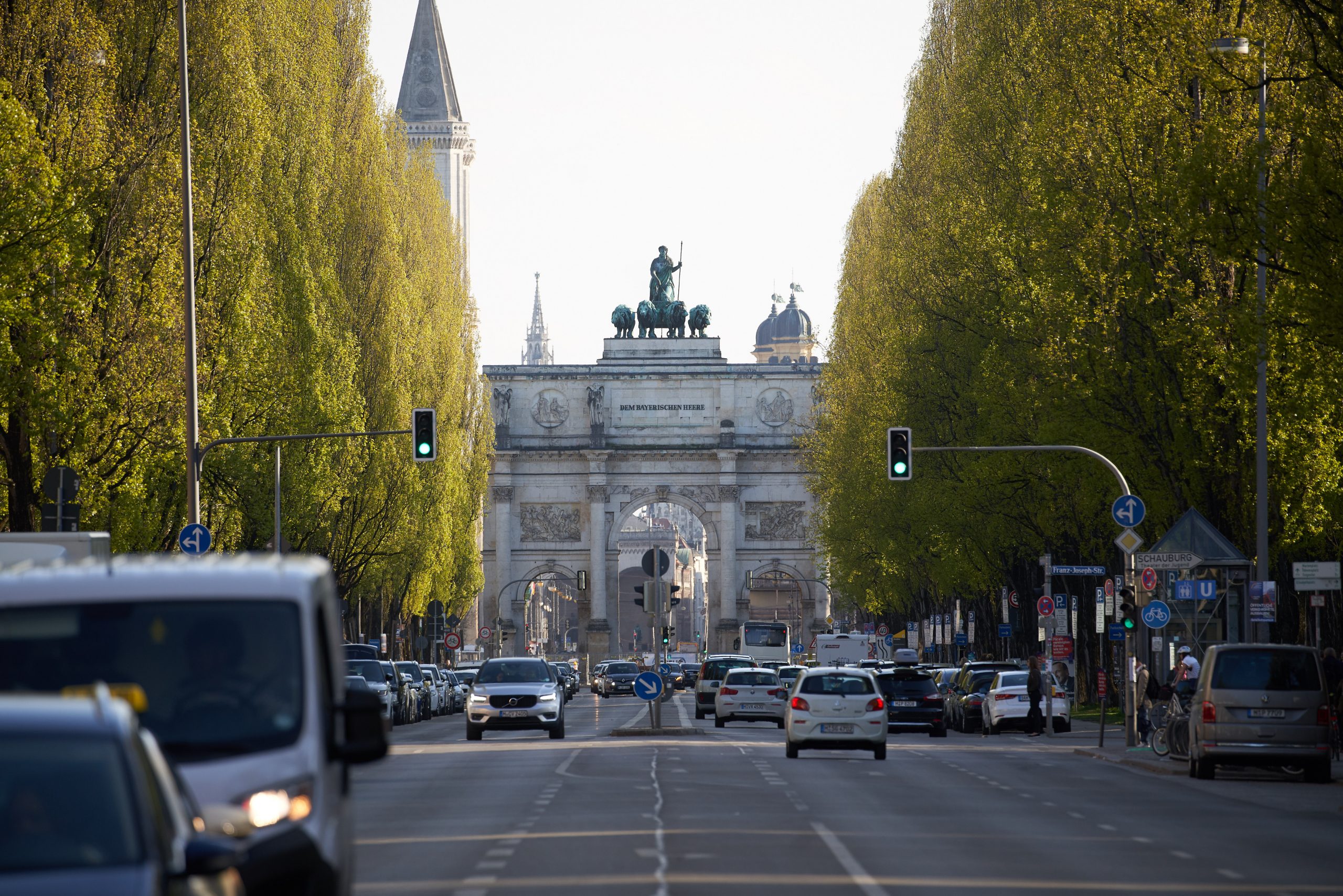
Bavaria’s capital at its best
Explore Munich by bus including Nymphenburg Palace
This classic sightseeing tour invites you to have a a charming look at Munich’s people and their unique lifestyle. It also gives you an overview of Munich’s history and development, of traditions and future perspectives. Founded over 850 years ago as a medieval emporium for salt, the Bavarian Capital is still a flourishing and attractive business location. On our bus tour you will visit the most interesting landmarks of the old city centre and have time for some ‘Kodak moments’ at Nymphenburg palace, the former royal summer residence. Finally you will explore the area of the 1972 Olympic Summer Games, an impressive landmark of modern architecture. The tour also includes places of Hitler’s Nazi movement like Königsplatz.
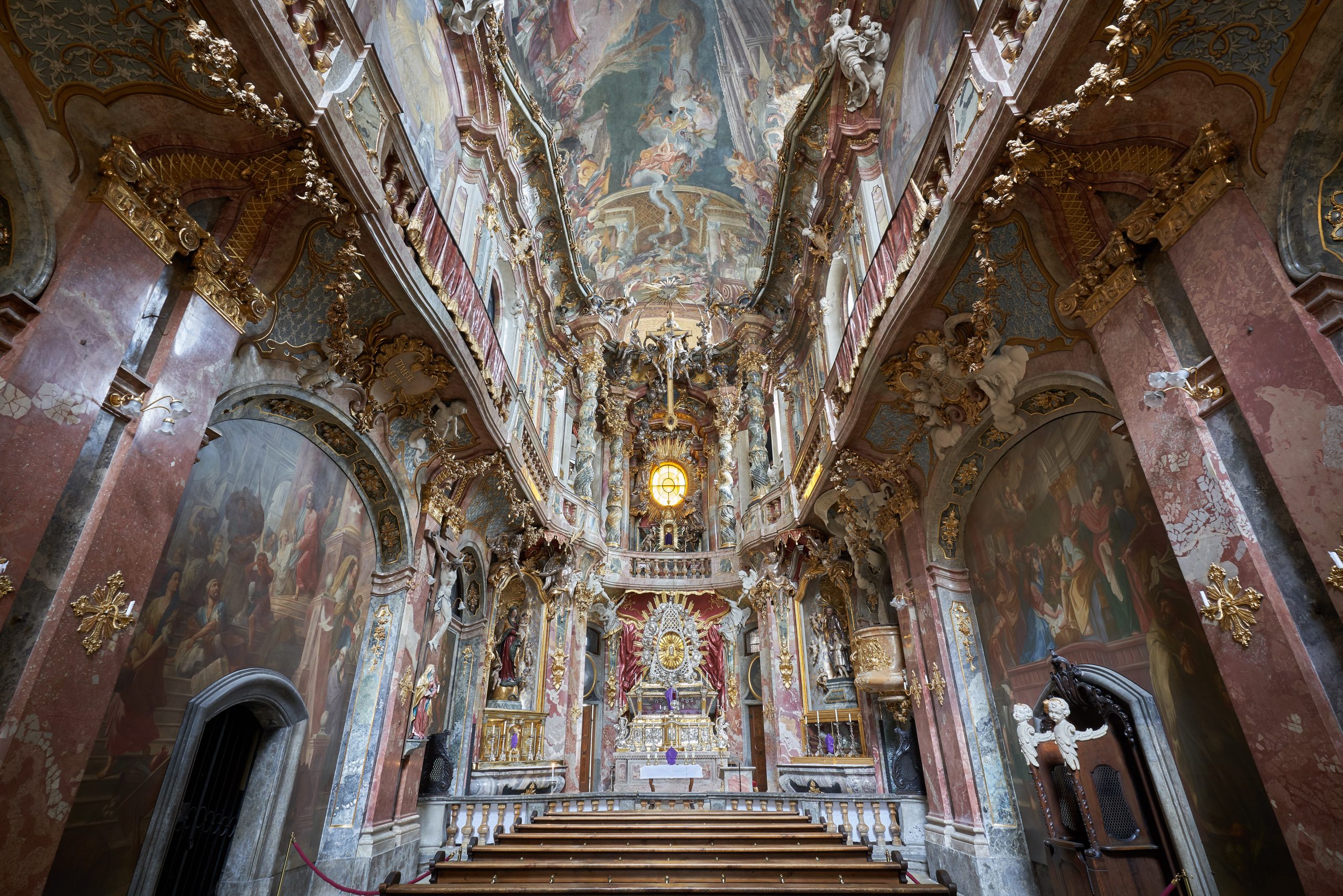
The splendour of rococo
Highlights of local baroque art
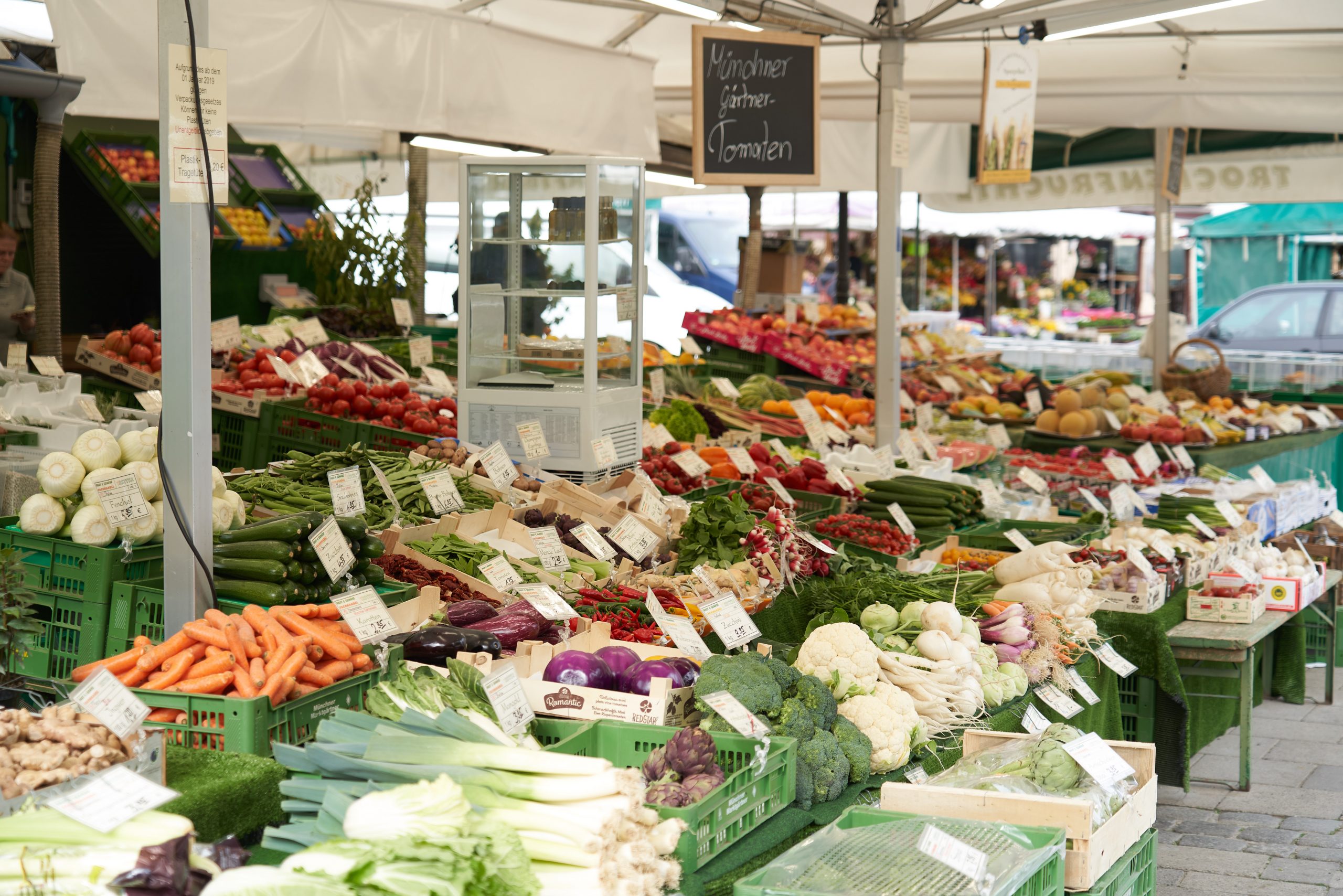
Spirit of Munich
Shopping and lifestyle tour
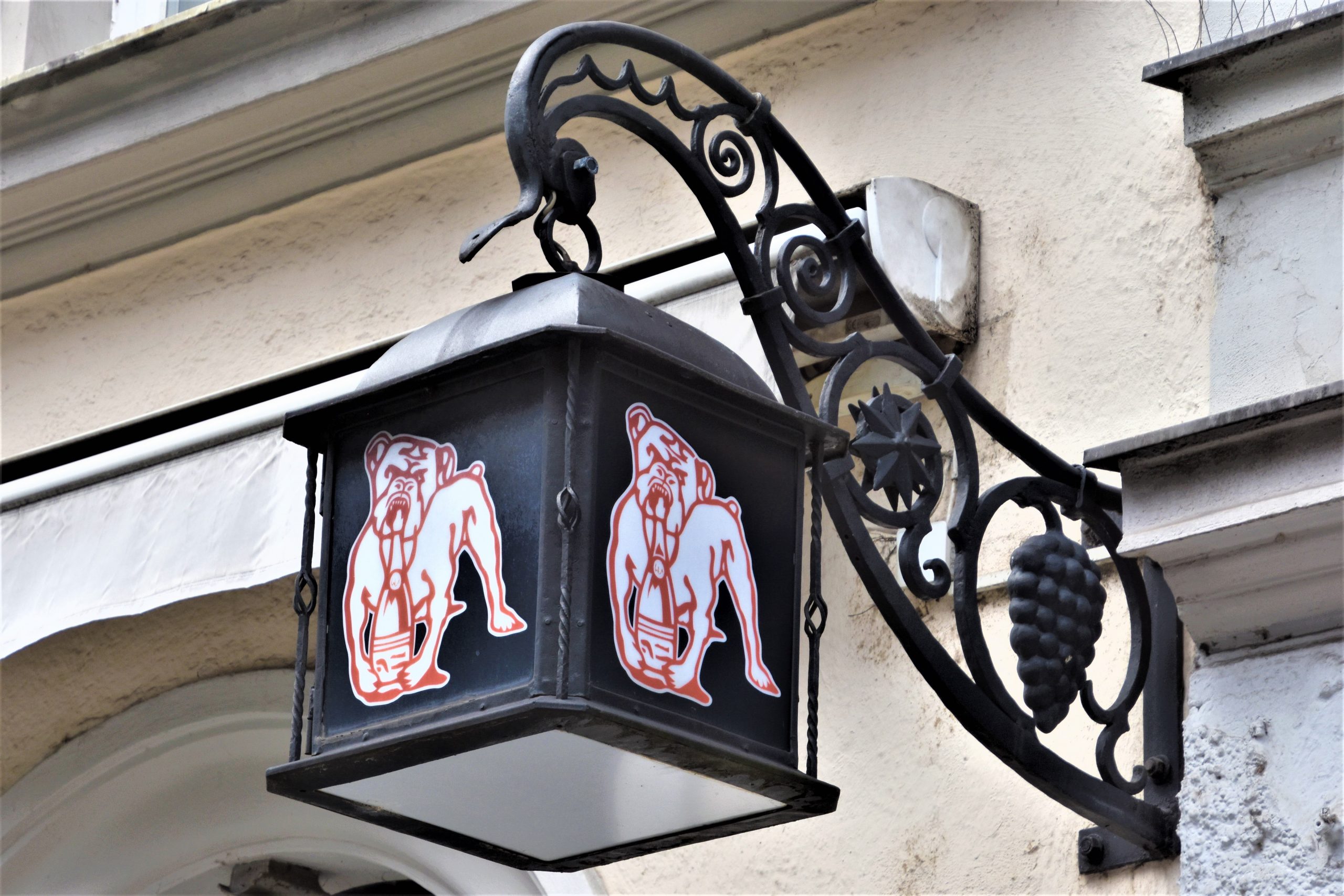
Bohemien life of poets and students
The artist’s scene of Schwabing
A real must for everyone interested in literature and the history of fine arts. Follow the traces of world famous writers, artists and actors who lived and found inspiration in Munich’s artists’ quarter Schwabing, nowadays mostly known for its night life. Get to know where Thomas Mann wrote his novels, where Wassily Kandinsky and his friends took up abstract painting, where cabaret was born and political opposition found its expressions. The walk also takes you to the English garden, Munich’s most scenic park close to the University district. The English Garden offers picturesque views at Munich, and its beer gardens are most inviting …
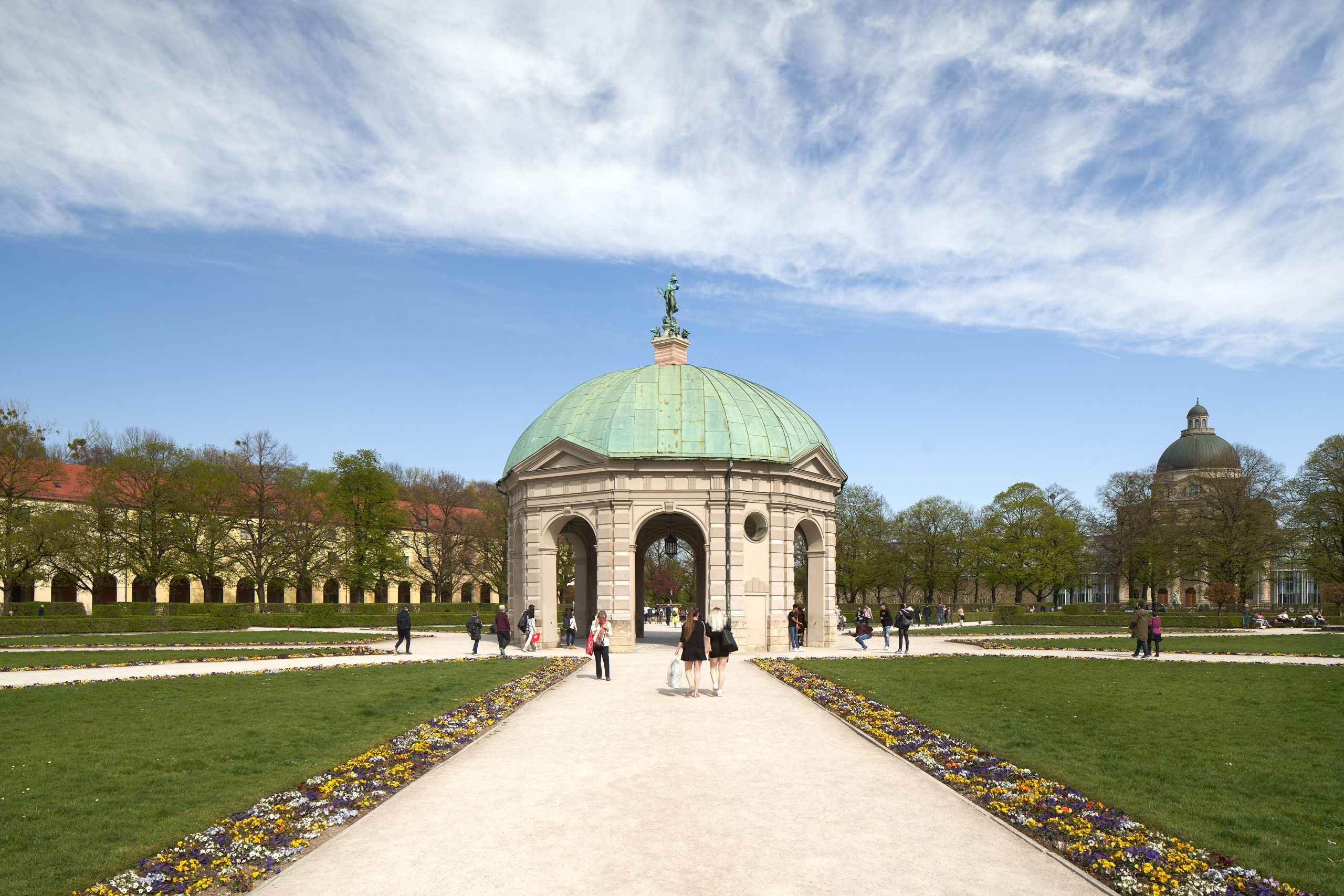
Political structures in Bavaria’s capital
City Council and State Government
As a Federal Republic, Germany consists of 16 States each having its own political centre. A walking tour will make you familiar with Munich’s history and present as Capital of the Free State of Bavaria. Our tour starts at Munich’s town hall (which functioned as headquarters of the American authorities after the end of World War II), where you will get the opportunity to visit the rooms of the city council. Passing by the Ministries of Finance and the Interior you will find your way to the “Staatskanzlei”, the modern office building of Horst Seehofer, Bavaria’s present governor. Special attention will be paid to the question under what circumstances the Bavarian constitution was adopted under American control as early as 1945.
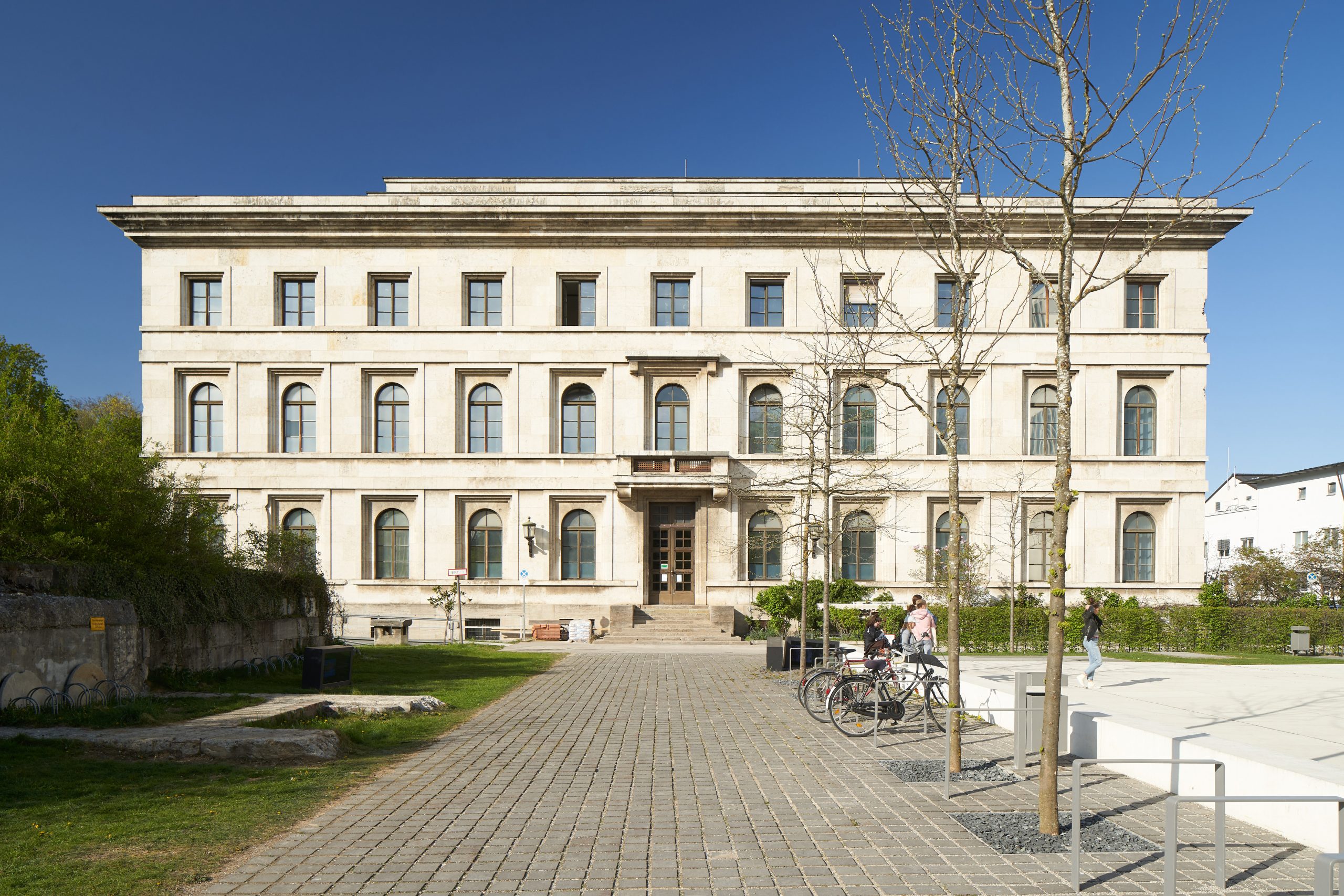
Beneath the Swastika
Historical tour on Nazi dictatorship in Munich
